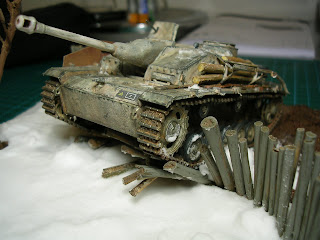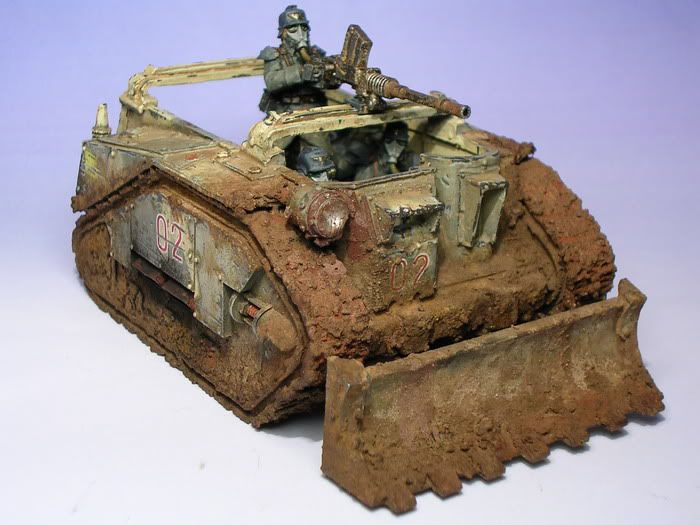Dear readers, it’s been a while from my last post. The reason is that not only I had switch to another, more demanding job back on 2008, but the birth of my small daugther brought not only a lot of joy and hard work, but also new safety issues that made me store my hobby tools and concentrate on more practical things for a while (like running after an eighteen mont old toddler , for example).
Now my little Julia is getting bigger, and her inquisitive little hands are getting dangerously close to my prized models. As I really don’t see the point of hiding them in aclosed cupboard, I decided to offer them for sale on eBay and let others display or use them on the tabletop… and who knows, in some years I will be probably back and build and paint some new models to replace the old ones!
Right now I amd selling the following models:
More to come…







































